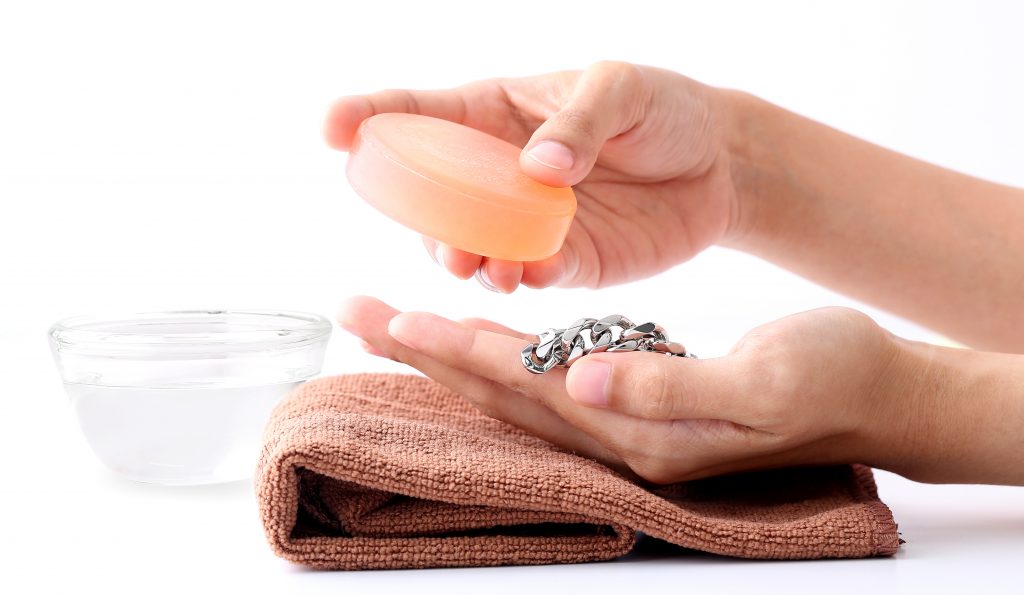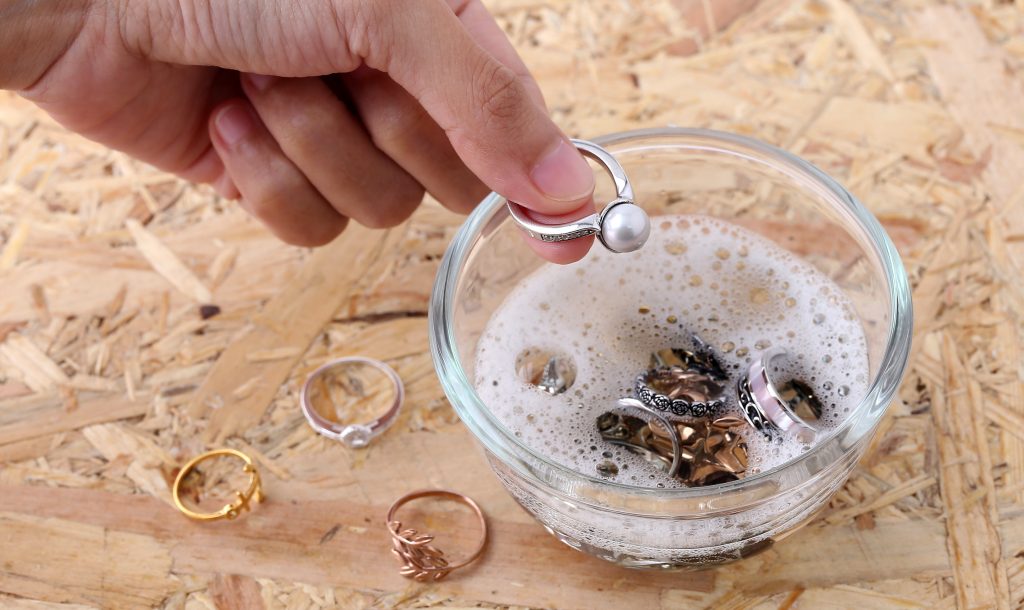
21
Sep
How to Sterilize Body Jewelry without an Autoclave
0
0
0

There are numerous ways to clean jewelry, regardless of whether it’s new or has been used before.The best way to do this is by using an autoclave machine.However, these don’t come cheap, and the costsof operating them can be high, more so if you are only sterilizing a few Jewelry pieces at home.Luckily, there are several other ways to sterilize jewelry, aside from autoclaving.Before we get into this, let’s first understand the purpose of an autoclave and what sterilizing is.
What Does an Autoclave Do?
An autoclave is mechanically similar to a pressure cooker and uses steam to kill spores, germs and bacteria.Autoclave machines are so effective that they are used to sterilize surgical, dental and lab equipment.The main thing it does is to sterilize.Here, learn other ways to sterilize your jewelry without an autoclave machine.
- Saline Solution
A saline solution is simply a mixture of water and salt.To clean, use a spray bottle to cover the entire jewelry’s surface with the solution. You can also soak in the saline water and allow it to sit for a couple of minutes.You can then use cotton wool to rub-down the surface to clear any debris.Do a final rise after this and let them air-dry before storage of re-insertion.Salt kills some bacteria by sucking water out of them through osmosis. Some bacteria can indeed tolerate salt, but this method is still quite effective.
- Antibacterial Soap and Water
This is arguably the most common method of cleaning jewelry and it works well with most materials. Antibacterial soap has antimicrobial or antiseptic properties not found in regular soaps.

You can use the method for:
- Titanium
- Gold and gold plated steel
- Niobium
- Stainless steel
- Silver silicone
- Acrylic
- Pyrex glass
- Quartz glass
The cleaning process is simple; soak the pieces you need to sterilize in warm water with antibacterial soap. Leave then in the water for a couple of minutes. Then remove them, rinse and dry.
If anything is still stuck after this, you can use a soft nylon brush or a q-tip to scrub it off before rinsing and drying.
- Boiling Water
Boiling inactivates bacteria, protozoa, viruses and other pathogens by using heat to damage them structurally.
You can use this for Niobium, Titanium, stainless steel, Pyrex glass, quartz glass and bioplastic.
Keep acrylic jewelry away from hot water and use other sterilization methods.
For this method, place your jewelry in boiling water for about 30-40 minutes, ensuring all the pieces are completely submerged. Take them out of the water and dry thoroughly before wearing or placing in storage.

- Peroxide
A 3% Hydrogen Peroxide solution kills germs, including most bacteria and viruses.
It does this through oxidation, which means killing a cell’s wall.
To clean your jewelry, place them in a hydrogen peroxide solution and ensure they are fully immersed. Let them soak for a couple of minutes before removing and air-drying them.
At Salamander jewelry, we strive not only to make your clients look good but to look good and be safe at the same time.
If you enjoyed this article, follow this link for superb tips on how to take care of your tongue piercing.